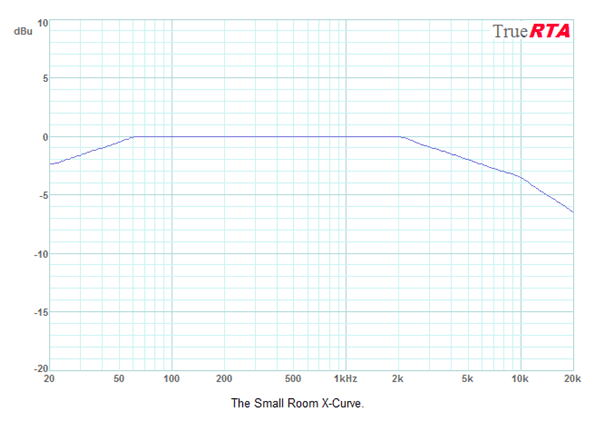neither free field nor diffuse field 'corrections' give an accurate compensation curve for headphones.
Both curves compensate for the ear canal + Pinna + room effects but differently because the stimulus is different.
With a headphone the sounds come from the SIDE only and not via a room.
Also the Pinna works differently when sounds come from the sides than when listening to something in front.
So... the only compensation needed for HP's is ear canal + infinite baffle + Pinna but NOT like when coming from the front.
This means that when you 'undo' the room correction (that is enclosed in DF and FF) you end up closer to what a HP 'emits' into your ear canals directly.
Closest way (they figured) was to undo the room by adding compensation for a small room (in which diffuse field is measured) to the DF which sort of 'corrects' the diffuse field compensated signal to become 'flatter' again so they 'undo' some of the room 'acoustics' in essence.
They use this curve to compensate the too high treble response which is caused by reflections:

This results in a 'nearer flat' response from 50Hz to 20khz and a too low response (due to the small room not able to do low frequencies) for bass response so they add some extra bass again.
In the earlier plots they showed the rising bass response as a target rather than apply it as compensation to the plot and displaying the result as a 'flat line' where the flat line represents equal perceived (but not measured) FR response.
At least that's what I can deduct from their limited amount of info on this subject.
And then even the X-curve (for theaters = large rooms) is heavily debated over the years... here is some thoughts about it:
http://www.hps4000.com/pages/general/the_mythical_x_curve.pdfThat roughly equates to a flat response on a flatbed measurement rig with compensation for bass.
There is a little snag though when using capsules that measure flat to 20Hz in free air.
When these are mounted on an infinite baffle (closed headphone) the bass response also will be elevated in the mic output signal but somewhat differently then just some added subbass.
But this is about how accurate the AQ response is and compared to what 'known reference' and if that target curve is more correct than others.
Then there is the question of how CLOSE the actual headphone is to that curve.
As I saw deviations of over 4dB in various places they aren't close enough (IMO) to their own curve.
From what I saw (would like to see it measured on the CUNT or UB's rig) there is more midbass and less 'clarity' in the NH compared to their own target which certainly seems to be perceived as darker than what 'ideal' sound should sound like.
disclaimer:
Above is all my opinion and not scientific proof nor does it have to be the real truth but is the way I see it.
I can be completely wrong about all this.
Don't really care about compensation curves for HATS as I don't use it.

